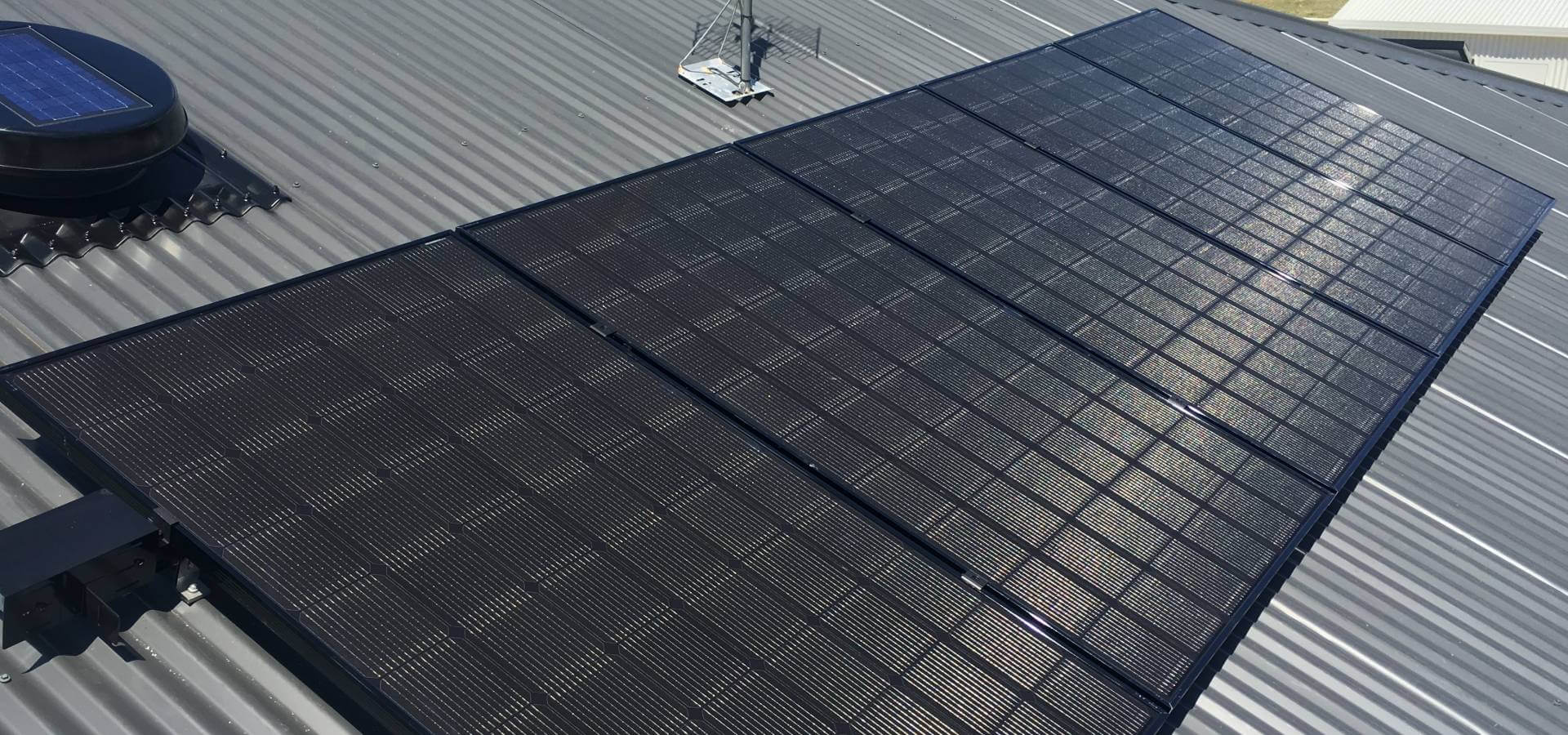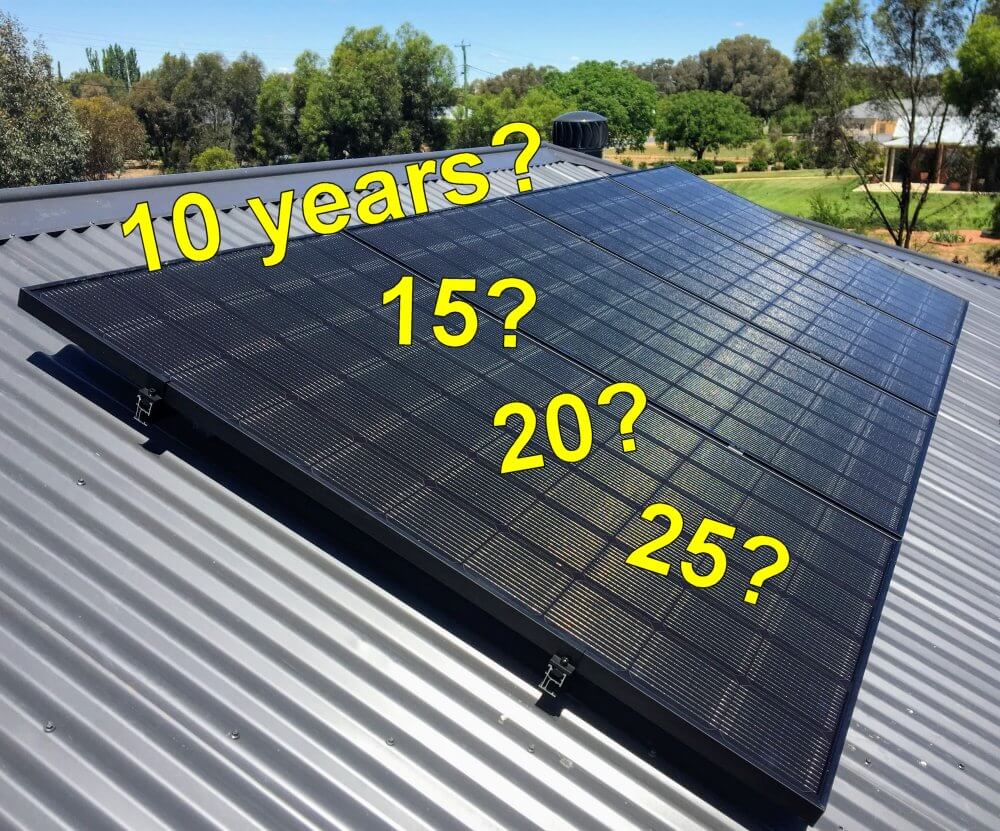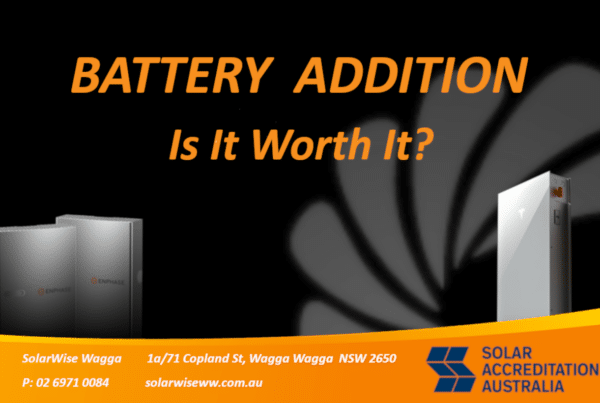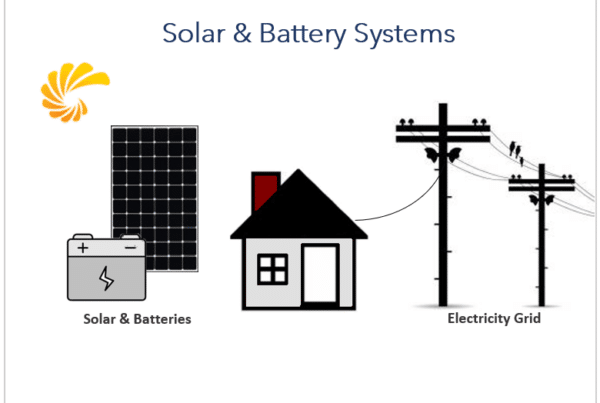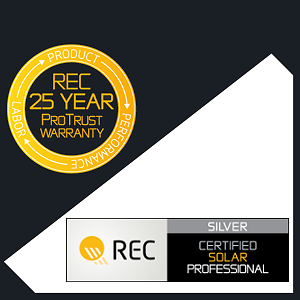Can I Afford Solar?
It is well known that installing a solar power system will reduce power bills. This is achieved by a combination of reducing the amount of electricity being purchased from the grid (importing) and selling some of the energy generated by the system to the grid (exporting).
Compared to other household purchases, the installation of a quality solar power system is considered a reasonably big-ticket item, and raises the question, “Can I afford solar?”.
Financing a new solar power system.
If you have sufficient cash in the bank, the issue is one of working out the payback period or potential return on your investment – do you leave money in the bank at current very low interest rates or do you spend the money on purchasing a quality system that can generate tax-free savings equivalent to a 10-20% return on your investment?
But what if you don’t have the cash in the bank or don’t want to deplete your cash reserves? A good alternative is to use a low-interest green loan to fund the installation.
Making small monthly payments is a lot less daunting than having to part with a lump sum in one go, however, the full financial benefit won’t be achieved until the loan is paid out. This is because the repayments will negate some or all the savings generated from solar.
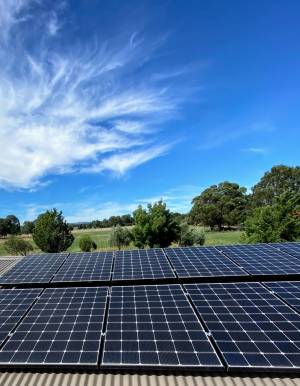
Where do you start?
Whether you are paying in full at the time of installation or using finance for repayments, you will need to decide what size and type of system you want.
At SolarWise Wagga we start by calculating a minimum system size based on your average household electricity consumption and checking available roof area to assess if there are any constraints to the number of panels that can be installed.
Installing a larger system than the minimum to cater for battery addition or potential additions to the property (for example, a spa, pool, or reverse cycle air conditioning etc) can make sense if budget and roof space permits.
With our solar design & quote software, we can calculate the anticipated savings for any given system design – provided current consumption data and energy retailer information regarding feed-in tariffs and electricity costs being inputted.
If electricity consumption data isn’t available (building a new home or recently moved house for example), we can use an estimated usage level and choose a consumption profile that matches your situation from a list of typical profiles. (e.g., home business or people at home during the day, operating pool filtration, working family with evening peak usage, etc)
After consultation with you, we can present a proposal with one or more system options, each with saving estimates, before & after bill comparisons, anticipated payback time, loan repayment amounts, and more.
The current conventional wisdom is to install a system as large as you can afford – subject to available roof space.
Don't skimp on quality
It makes sense to install a quality system that will last much longer than the loan term. Installing a cheap system that may need replacing soon after the end of the term is not a wise decision.
Choose the best possible system you can for the money being spent.
A small high-quality and higher performing system (rather than a larger cheap system) is more likely to see out the loan repayment period and will continue to provide financial benefit for a long time beyond the end of the loan term.
Loan repayment term
In the current economic climate, a low-rate solar loan for a properly sized high quality system with repayment period of 5 years or more will generally have monthly repayments that are lower than the monthly savings generated, thus having a positive cash flow effect.
Loan repayment terms of less than 5 years will usually have monthly payments that are higher than the savings generated (but with less overall interest, and achieving full system benefit sooner).
To aim for zero out of pocket expense, estimated solar savings can be balanced with a loan term with equivalent repayments.
Example Scenario
Comparing different payment terms
Fred & Wilma have decided to install a solar power system for their family home.
They have an average energy usage of 20 kWh/ day and want a system that will generate enough solar energy to reduce their power bills, with the aim of getting them as close to zero as possible.
They decide on a 6.3 kW system with 17 x 370 Watt panels with Enphase Microinverters. This system should generate 27kWh/day on average. After the STC rebate, this system would cost $9472.
The following images show a comparison of potential net quarterly difference in outgoing expenses between different payment options for this scenario.

Cash Purchase Option
Pay in full at time of installation.
- Obtain full financial benefit from solar immediately.
- No loan interest or fees.
- Requires availability of funds for full purchase price.

7 Year Loan Term
- A longer term than required for net zero – allows lower repayments.
- Savings from solar exceed repayment amounts.
- Provides a decrease in outgoing expenses.
- Pay more total interest over term.

5 Year Loan Term
- A well balanced loan term where solar savings are equivalent to repayments.
- Close to net zero difference in outgoing expenses.

3 Year Loan Term
- A shorter loan term than required for net zero.
- Larger repayments over for a shorter period.
- Obtain full financial benefit from system sooner.
- Slight increase in outgoing expenses for a short period – approx +$21/week for this example.
- Lower total interest payments than a longer term loan.
Information used for estimates and projections in this example
This example scenario is based on a real design & quote in our system.
Energy costs are calculated considering a 3.0% increase in energy cost each year, based on trends.
Estimates are based on selected preferences and current energy costs.
The position and orientation of panels on the roof are used to calculate system efficiency.
Projections are based on estimated usage of 7300 kWh per year.
The system proposal is using one of the larger energy retailer’s Residential Anytime energy plan with current electricity tariffs and a 16c FiT.
Repayment amounts are based on current rates and terms from one of our Solar Loan providers.
Take Home Message
The electricity bill savings achieved by installing a properly sized solar power system can cover the repayments of a solar loan.
Having a realistic affordability amount and determining the optimal loan term and amount is a crucial part of the process.
Evaluating your electricity consumption patterns is an also important step in deciding what size system to aim for.
So… if you are paying high electricity bills, can you afford not to install solar power?
*Please note: this article is not intended as financial or investment advice and should not be construed or relied on as such.
“At SolarWise Wagga our philosophy is simple, we aim to provide relevant and reliable information, quality service, and the highest grade of products at a competitive price.”
Want More Information?
If you would like to know more about purchasing solar power with a low-interest green loan, give us a call on 02 6971 0084 or enter your details in the enquiry form below.

